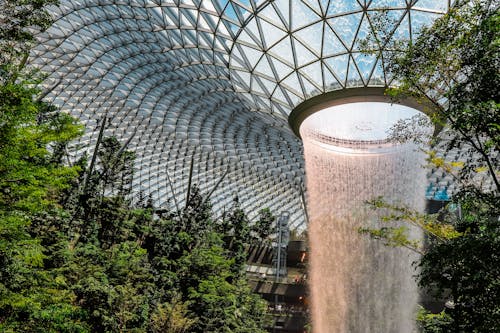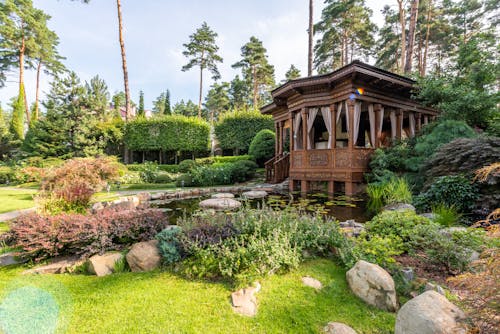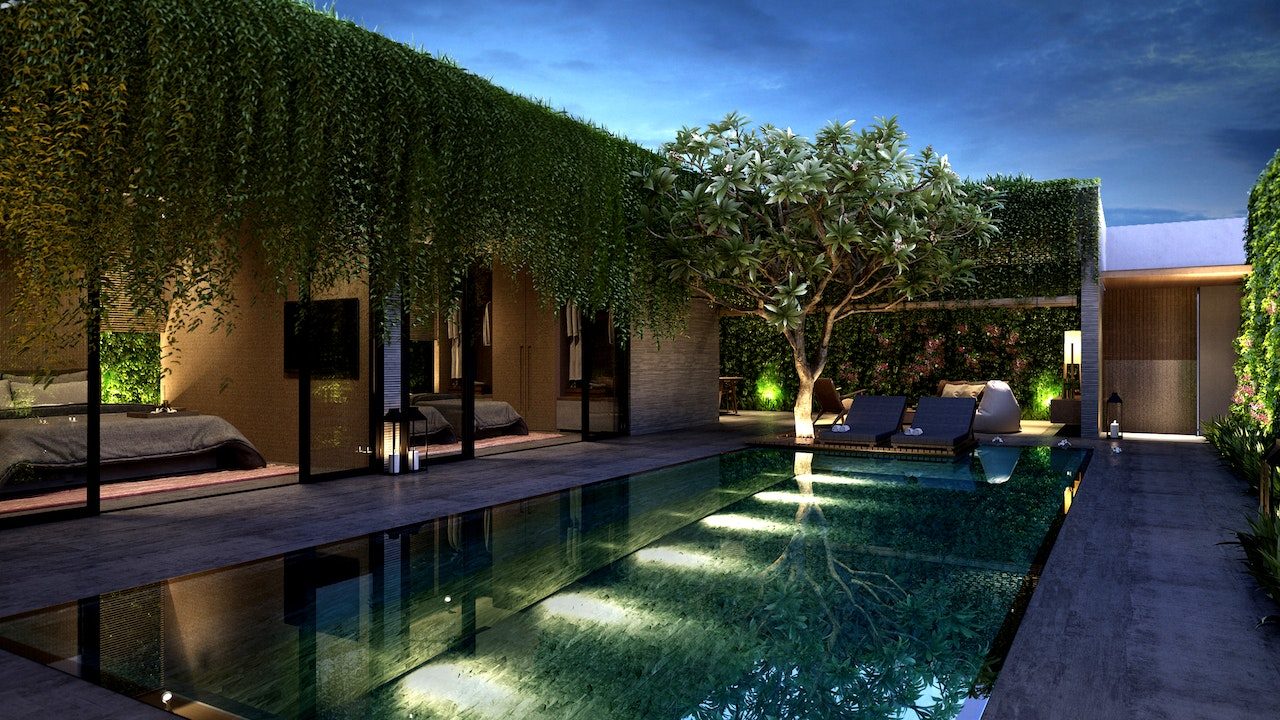 To develop a complete landscaping project, the professional must know a set of elements, such as botany, design, lighting and irrigation.
To develop a complete landscaping project, the professional must know a set of elements, such as botany, design, lighting and irrigation.
Landscape lighting is the art of working with light. The space becomes a canvas, and light plays an important role in appreciating nature and its elements, which deserve to be highlighted and must be softened. Through the play of light and shadow, the transformation in landscaping occurs.
The more mastery of lighting the landscaper has, the more charm and drama his work will cause.
Daylight plays an important role in photosynthesis and the development of vegetation, but it is at night that the show takes place. Lighting in landscape architecture is magical and allows users to enjoy new sensations caused by artificial lights.
We can take advantage of the different textures and overlaps of the plants to create a completely different night environment. The beauty of the plants is accentuated; the light highlights the paths, highlights the ornamental plants and eliminates the dark areas, providing security to the garden.
The correct choice of projectors is of the utmost importance, as enhancing the light of the moon and stars makes for a naturally beautiful landscape. We must be careful not to reflect too much light into the night sky and create environments where we can enhance the silhouette and texture of the plants.
Globe lamps, which reflect light into the sky, should be avoided. The focus of lighting in landscaping is to create perfect shadows and reflections. Making the correct choice of the luminaire, lamp, and equipment is of fundamental importance to obtain the desired result, ensuring quality in light distribution.
So that the environment is not too bright and causes a feeling of visual fatigue, it is essential that the landscaper knows what to do or not to do so as not to sin by an excess of information and make the environment always pleasing to the eye.
With the control of the direction of the light, it is possible to create different effects, and, to define the type of lighting, it is necessary to consider the direction of the light, its intensity and the fixing system of the luminaire. The light can be directed downwards, upwards or to the sides, and the light’s direction will characterize the appearance of the plant.
Lighting from below to above, or “Uplighting“, consists of distributing the lights at ground level and directing them towards the high plane (treetops), forming a gradient where the greatest light intensity begins at the low level. The upward light source contributes to light pollution, harming wildlife and sky viewing. This type of lighting also contributes to a more dramatic effect.
 Lighting from the top down, or “Downlighting“, provides a more natural effect. For this lighting, you can use poles and reflectors installed at a level above the vegetation or through lamps installed in the treetops among the foliage.
Lighting from the top down, or “Downlighting“, provides a more natural effect. For this lighting, you can use poles and reflectors installed at a level above the vegetation or through lamps installed in the treetops among the foliage.
Silhouette lighting or “Backlighting” focuses on enhancing the silhouette of higher vegetation, such as trees, investing in lighting with reflectors made behind the structure of the plant, thus enhancing the silhouette.
Front lighting or “Frontlighting” is used to enhance the denser vegetation since the light is applied to reach the crown and part of the trunk, enhancing the vegetation in its colour, shape and texture.
Lateral lighting, or “Sidelighting“, delimits a shadow and highlights the vegetation through reflectors installed on the sides.
In sustainable landscaping, we always seek to value the natural elements for the composition of the landscape.
We must know how to respect nature as the main work of art, which we can complement, adding more sophistication and comfort without letting nature be the main work of art.
